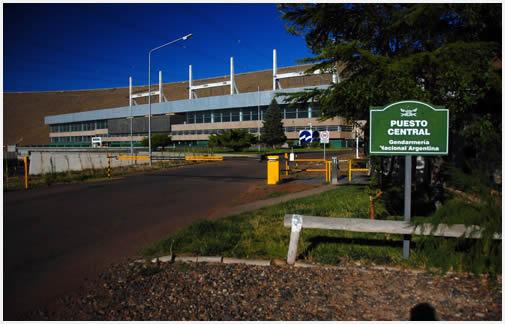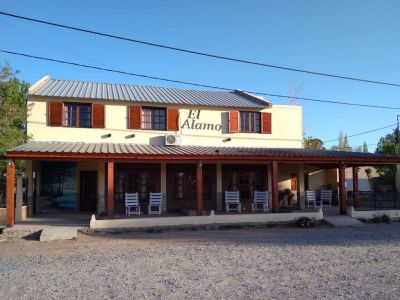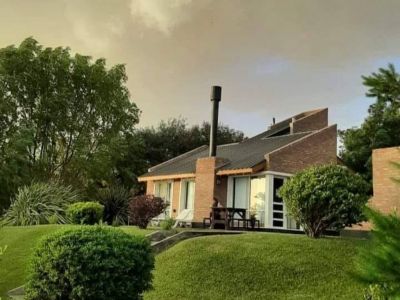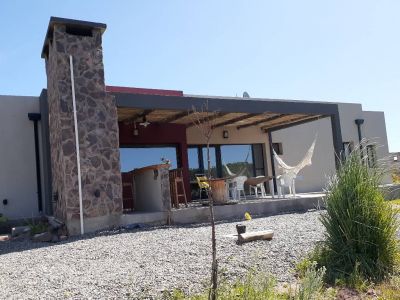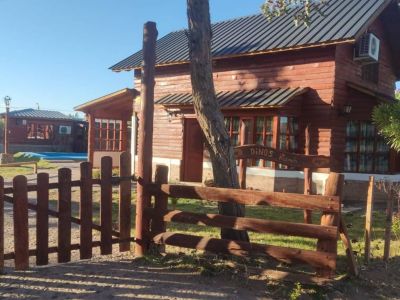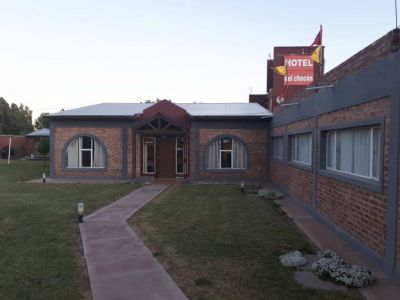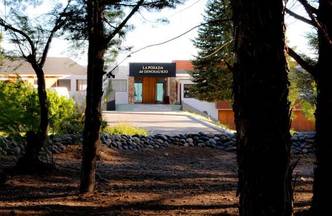We gazed in awe at gigantic machinery and cutting-edge technology. It was impossible not to think about the number of kilowatts produced around us. Keeping this thought in our minds, we visited the hydroelectric power station.
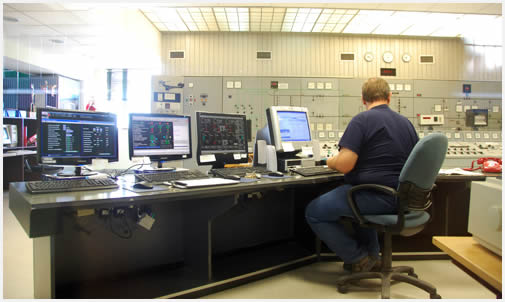
We walked towards a 2.5-kilometer-long huge wall supported by typical red-hued sedimentary rocks of the area. Behind it, there was a large lake where the water was stored. At one side, the spillway rounded up the picture we had in our minds at the beginning of our tour.
On entering the main building, we were provided with a helmet for safety purposes. At that moment, we were also astounded by the tidiness, cleannliess and the little number of employees working at the plant.
From the inner platform on the first floor, we could watch six turbines which were silent at that moment because their operation was not required. Normally, they work independently when there is energy demand for output.
These huge 20-meter high cilinders made of bright reinforced aluminum can resist vibrations during operation.
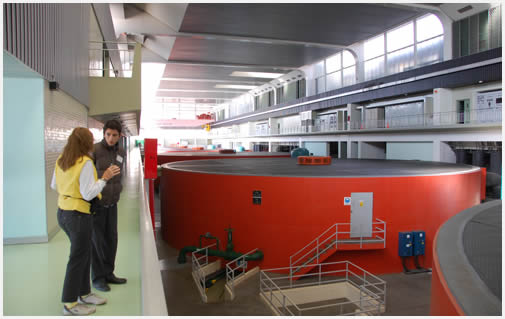
Likewise, errors, warnings or unpredictable changes are detected by systems which are specially prepared to decode these troubleshooting problems and find a solution.
To learn more about it: a turbine is a hydraulic engine which intakes water going through it and produces a circular motion. Its axis drives a generator, which converts mechanical energy into electricity.
Computers that Rule the World
Our guide said: “Every time one of the large cities which receives electricity needs extra energy, the whole mechanism starts working again. Everything is sound, motion and once the process comes to an end, the energy required is conveyed to the large urban settlement. However, the biggest part of the job is made by computers, not by humans”.
Such comments enabled us to learn interesting technical data, as well as some curiosities, such as, the fact that the village known as Villa El Chocón was created as a result of the construction of the power station and it was about to disappear when the works had finished.
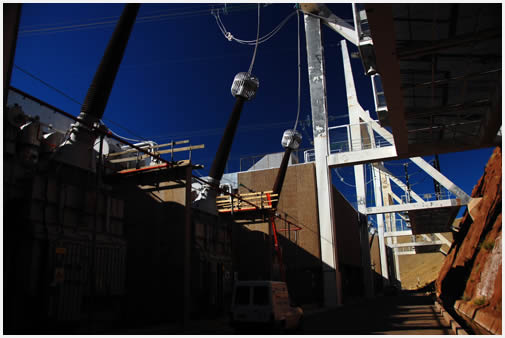
What was that?
Before leaving the facilities, we felt a strong vibration while we heard the sound of a whistle. This was the signal of one of the turbines starting to work. It was astounding and we were grateful to have had that experience. A big scale model allowed us to watch the mechanism and clarify some doubts.
Once outside, we toured above the crest of the dam, 86 meters above the river. Porous compact materials provide the strength and flexibility this wall requires.
We arrived at a viewpoint from where we could watch the spillway and the Limay River, which became narrower as we went farther.
